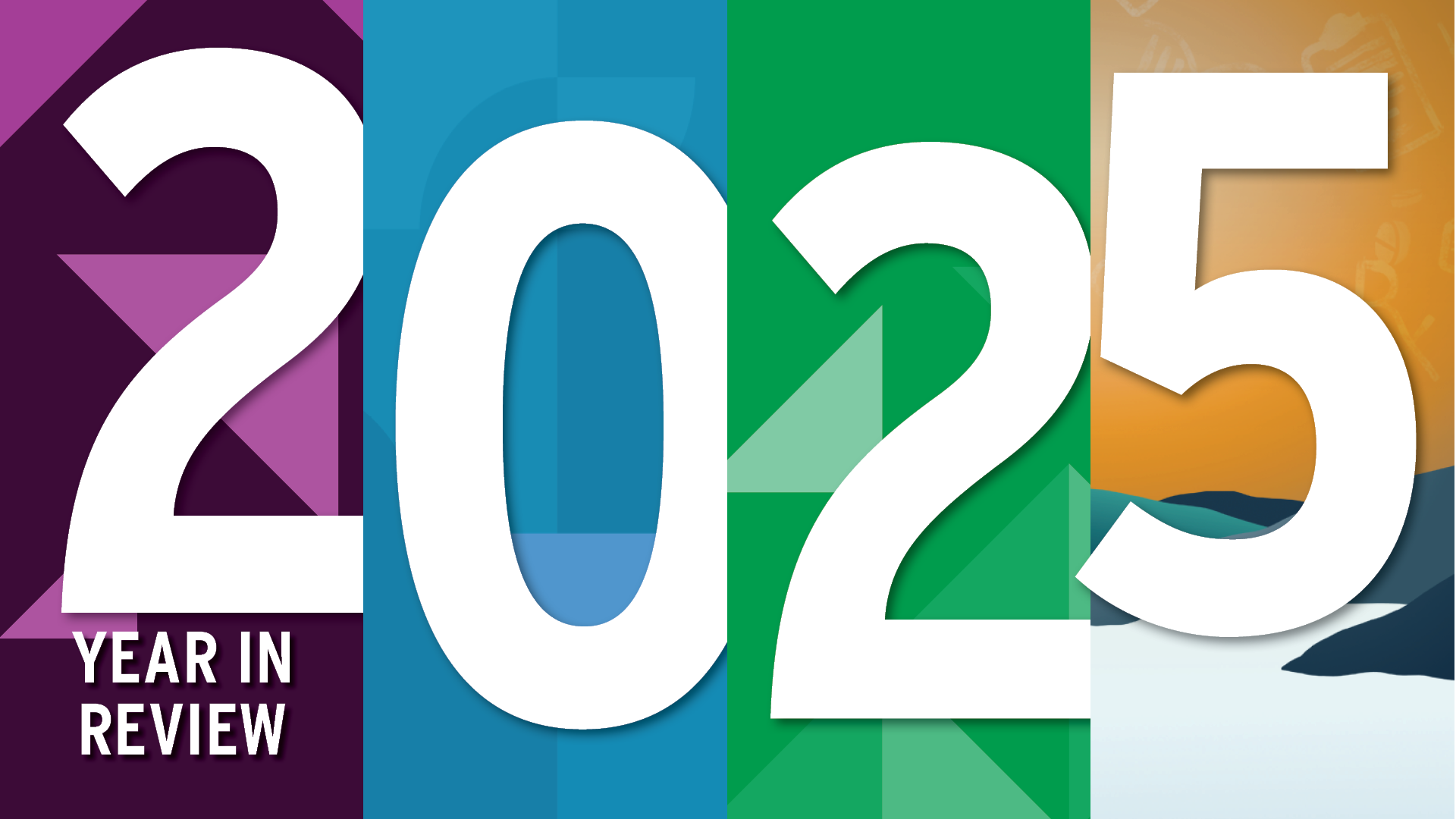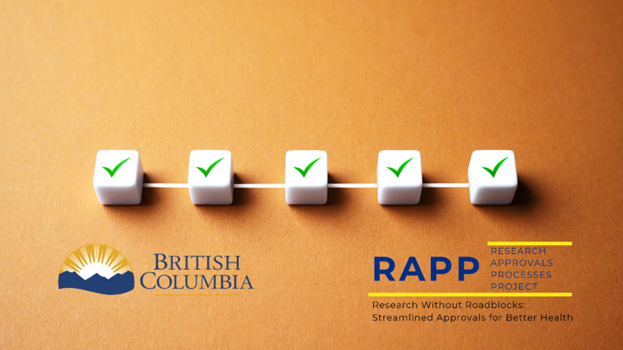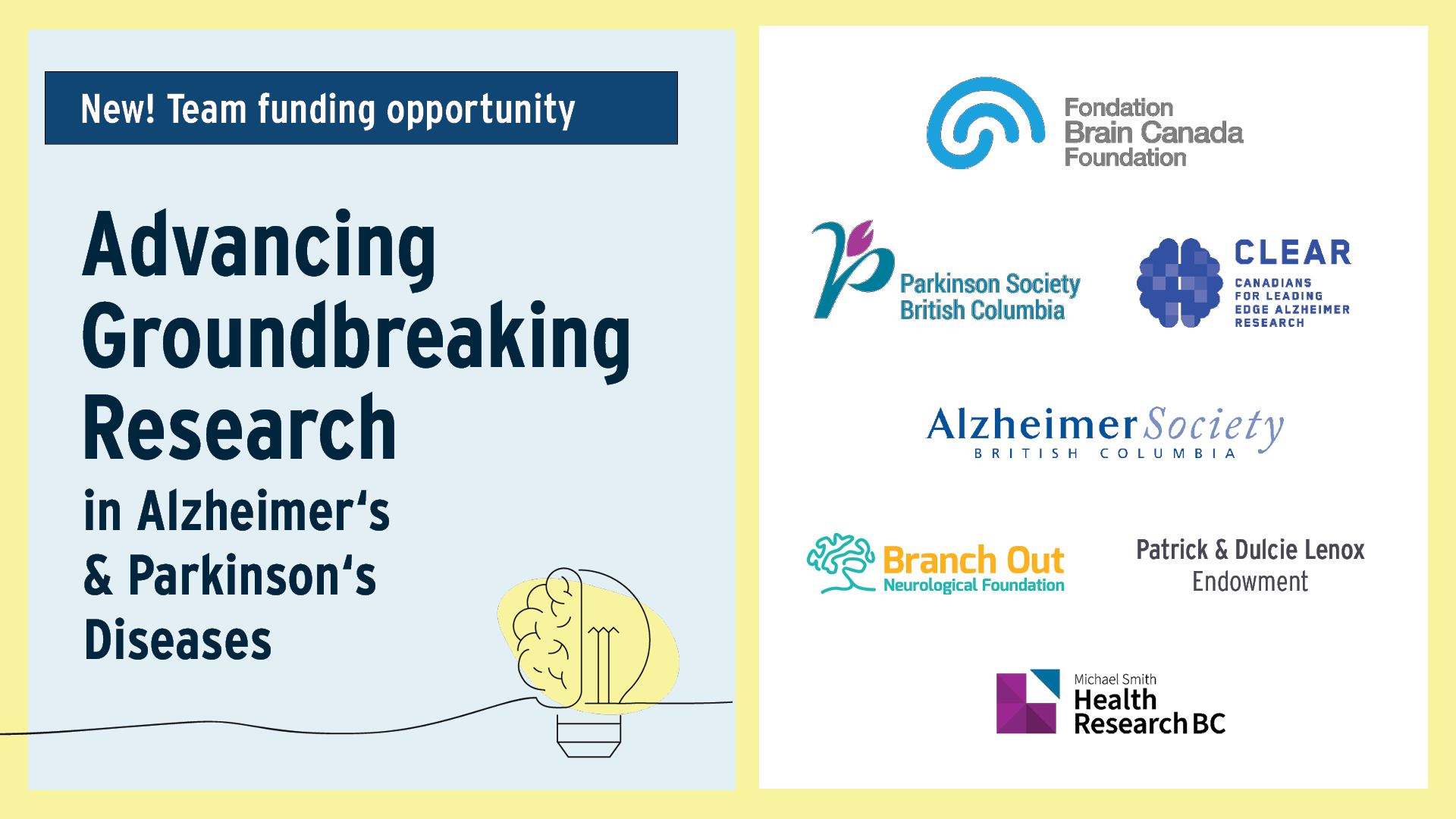What are methods?
11 March 2021

Welcome to the Methods Section.
This blog is about the methods of patient-oriented research.
Methods can be hard to wrap your head around, especially if you aren’t always thinking about them. So let’s start by unpacking what methods are.
Let’s break it down.
- Methods describe how we do something.
- It’s the process, the way, the approach.
What’s a ‘Methods Section’?
If you’re a nerdy science person like us, you might remember learning how to write about your science in a specific way – The Scientific Report.
If you’re less nerdy/your dog ate that portion of your memory: Scientific Reports are structured reports that include specific sections (i.e. “Abstract,” “Introduction,” “Methods,” “Results,” “Analysis,” “Discussion”), so others can understand how you did your study. The idea is that other scientists reading the report will be able to understand all the steps you took in your research so that if they were to repeat the same study, they could see if the results remain the same. This is called replicability, one essential factor in assessing the quality of a scientific study.
The Methods Section is one part of the Scientific Report where you explain the how of your research. Within every Methods Section, there are a few subsections.
What is in a Methods Section?
1. Participants

This section is where researchers share who participated in their study. They provide specifics on how they recruited and selected their study participants. This section allows other scientists to identify how this selection process could affect a study’s results. i.e. Was it all men? Did this study only involve Dutch nurses? Did this study recruit only people with asthma in three hospitals in Kelowna?
2. Materials
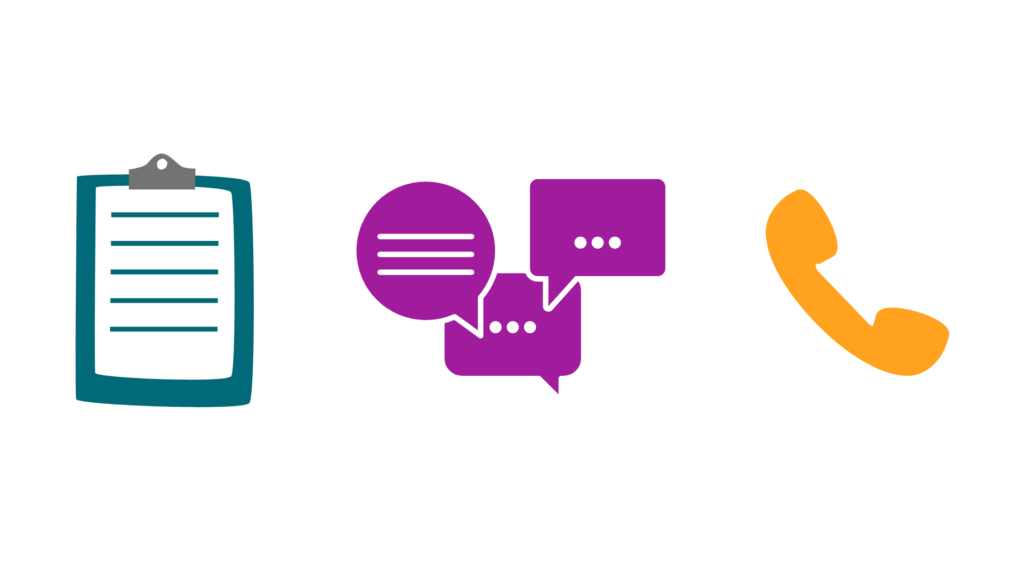
Here, researchers share what they used to conduct their study. Questionnaires, online surveys, microscopes, all those kinds of things apply. This section helps researchers understand what you need. It lays out all the techniques and tools you would need to do this study. You can think of this section as an ingredient list for a recipe. It is what went into the study.
3. Procedure
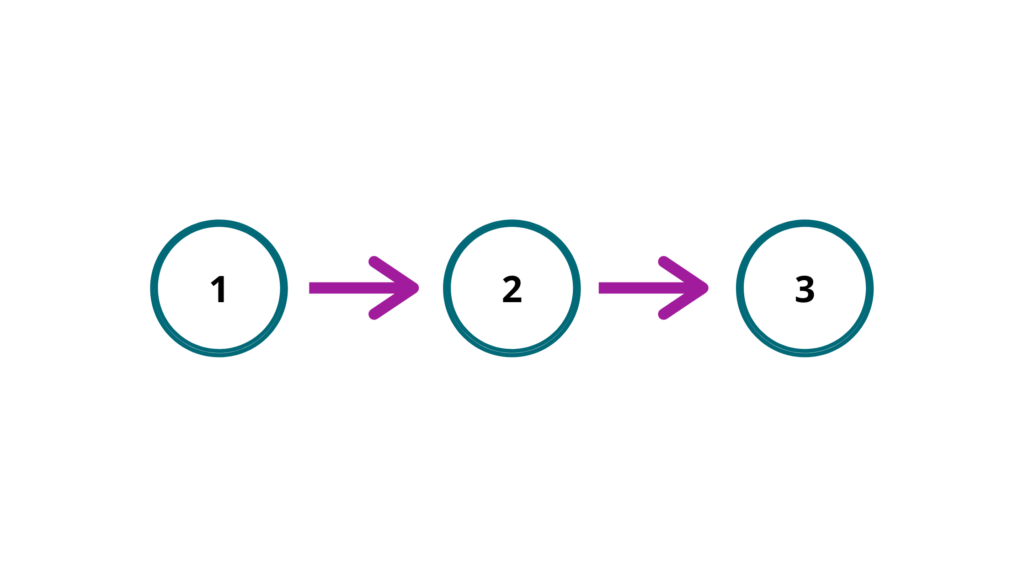
This is like the section of a recipe that follows the ingredient list. It is the step-by-step guide of how to include each ingredient. This part is a description of the process the researchers took to get their results.
Are you going to write every blog like a Methods Section of a paper?
No! These three components together, participants, materials, and procedure, can tell us something but not everything about a project’s methods. Methods are processes, and like with recipes, there are many variations on what and how things get done.
Okay, but why study methods in patient-oriented research?
We know it’s crucial to meaningfully include patients in research, but there isn’t one way to include them, and we think it’s important that we’re mindful about how we do it.
We’re blogging as individuals involved in the Methods Clusters, a collective of patient-oriented research teams studying patient-oriented research. Very meta.
We do this because we think studying methods is necessary to advancing the science of patient-oriented research. Our projects contribute to the scientific foundation for patient-oriented research methods; that is, thinking of issues and considerations like Participants, Materials, and Procedures involved along the way.
The Methods Section will be a space for us to think aloud, analyze, share results, and discuss with you how we’re working together to improve how we do patient-oriented research.

Join us here every month for more on the methodologies of patient-oriented research.
The Methods Clusters project studied the way that patient-oriented research is done, and how it could be better. In a series of blog posts, team members wrote about their work, what they learned and the best ways to engage patients in health research design. The BC SUPPORT Unit provided funding for the project.
This blog post was written by Amber Hui and Katie Verigin.



